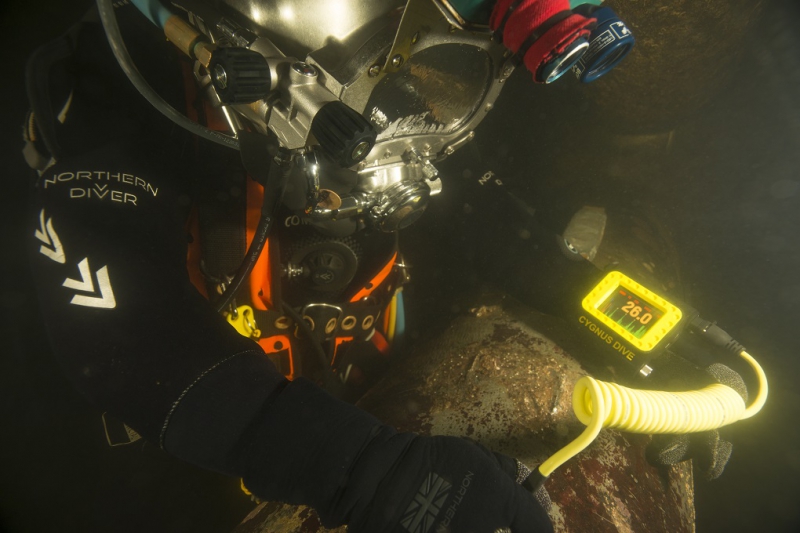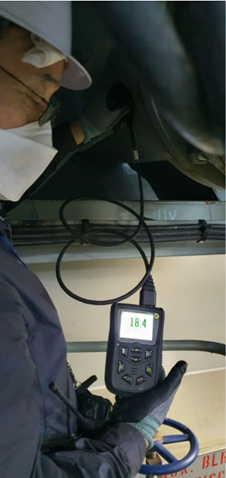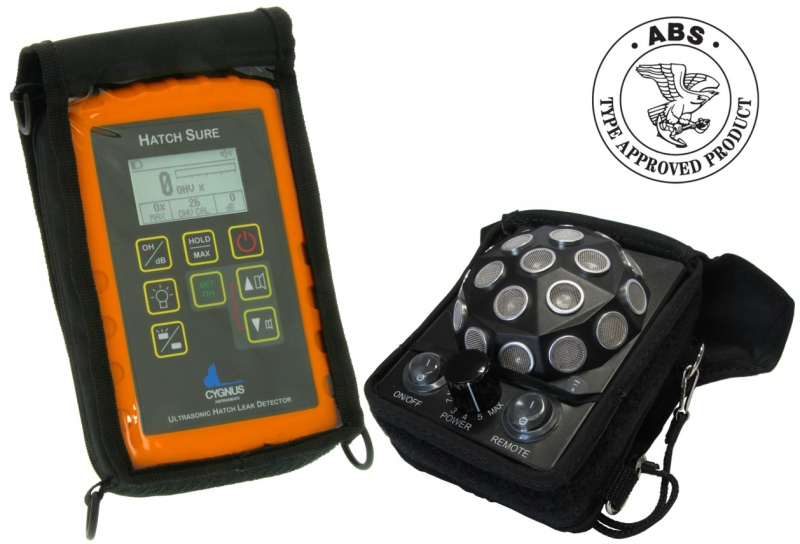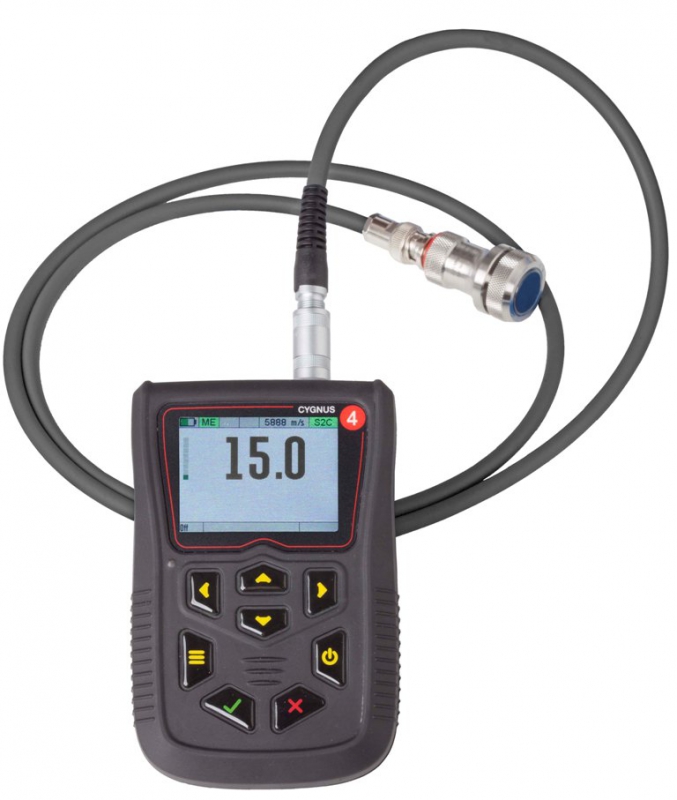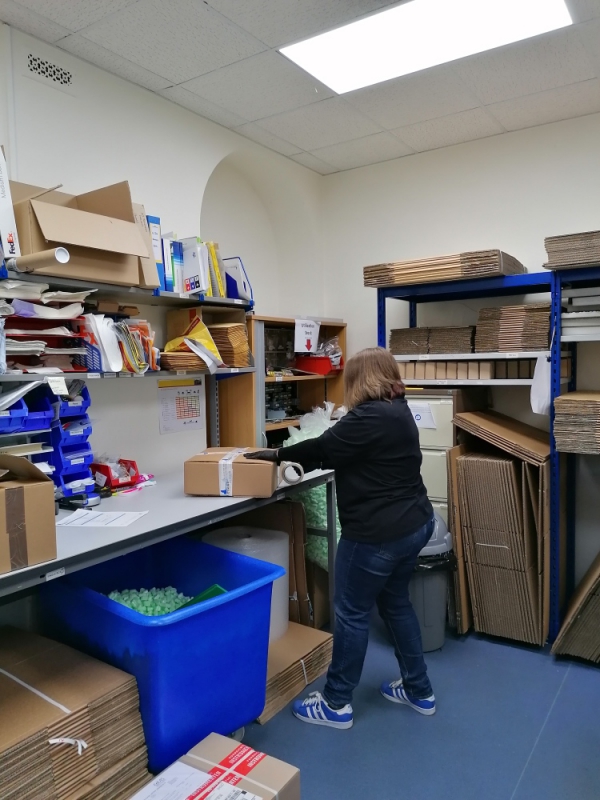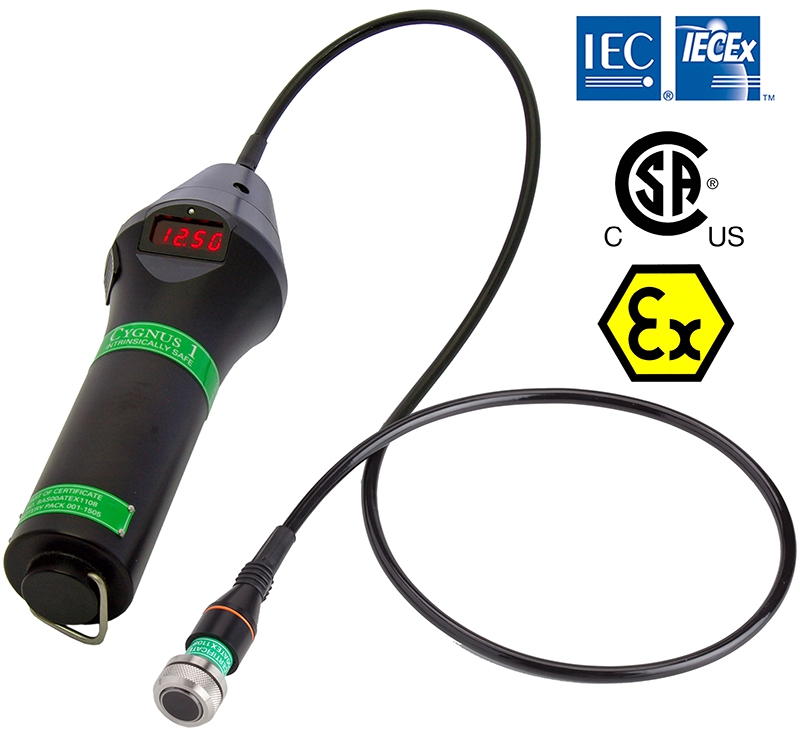- Contact 0870 350 7767
- |
- Advertise
UNDERSTANDING ULTRASONIC THICKNESS MEASUREMENT
 News and PR from Cygnus Instruments Ltd - Published 20 November 2019
Ultrasonic thickness measurement has a role in almost all industrial applications.
News and PR from Cygnus Instruments Ltd - Published 20 November 2019
Ultrasonic thickness measurement has a role in almost all industrial applications.HOW DOES ULTRASONIC THICKNESS MEASUREMENT TECHNOLOGY WORK?
Taking ultrasonic thickness measurements is one of the most fundamental practices within a family of analysis techniques known as Non-Destructive Testing (NDT).
An ultrasonic thickness gauge (UTG) will allow an engineer to test the thickness of a material from one side only (as opposed to boring a hole in the material and using a calliper).
To operate the unit, a simple calibration is performed on the material to be measured and then ultrasound is passed in to the material via a transducer (sometimes known as a probe); the gauge measures the time taken for the ultrasound to pass through the material and return  and thus a thickness measurement can be calculated and is presented.
WHAT ARE THE TYPICAL APPLICATIONS FOR ULTRASONIC THICKNESS TESTING IN PLANT MAINTENANCE ROUTINES?
A thickness gauge can be used to measure any metal (or dense engineering material such as HDPE) and so the scope to involve ultrasonic thickness testing in plant maintenance is extensive. However, the most common application for the UTG is with pipework.
Pipework can be subject to myriad types of corrosion; galvanic corrosion, deposits, microbiologically influenced corrosion (MIC) and chemistry can all cause wall thinning in pipes. And, unlike some other assets within plant maintenance, pipework rarely stops working; as such erosion  due to flowing liquids (and air bubbles)  is a simple and ever-present cause of wall thickness loss. If ignored or forgotten, there is the threat of eventual pipe failure that can lead to potentially highly costly shutdown and, worse still, industrial accidents.
However, the simple act of using a UTG as part of regular, planned plant maintenance  or for more ad hoc inspections as and when needed  will help to ensure that wall thinning in pipework can not only be monitored, but also included as part of a predictive maintenance programme. Cygnus thickness gauges are equipped with the facility to record and report on findings. These reports can be exported (via cable, SD card or Bluetooth) and loaded into a spreadsheet, where they can be analysed and absorbed into a wider predictive maintenance programme.
SO, CAN A UTG BE USED IN SITUATIONS WHERE THE ITEMS BEING TESTED ARE COATED?
With most UTGs, it is not possible to measure through a coating simply and quickly. However, Cygnus Instruments does offer a particular ultrasonic technique called multiple echo. The benefits of this technique are that it is incredibly accurate, straightforward to use and that the method naturally ignores coatings (only the substrate that is subject to wear and tear is measured).
Other announcements from Cygnus Instruments Ltd
-
Diver and ROV Ultrasonic Inspection Equipment from Global UTG Specialist Cygnus
One of the first products that Cygnus brought to market in the 1980s was a handheld subsea ultrasonic thickness gauge (UTG).
04 Nov 2020
-
EXHAUST GAS CLEANING SYSTEM (EGCS) SCRUBBER CORROSION
Ultrasonic thickness gauging is a simple, inexpensive and reliable method to engage proactively with a schedule of preventative maintenance on scrubbers.
20 Oct 2020
-
ABS Type Approval of Cygnus Hatch Sure successfully renewed for another 5 year
After a 9 month review period, the Cygnus Hatch Sure design passed its renewal in Feb 2019
14 May 2020
-
APPLICATION SPOTLIGHT DUTCH-STYLE STEEL NARROWBOAT
Registered Marine Surveyor, Nick Vass MIIMS, conducted a recent survey of a 62′ steel Dutch-style narrowboat
14 May 2020
-
Cygnus Operations: Adapting with Positivity and Good Humour
With patience and flexibility, the Cygnus Operations Team is continuing to function while upholding all COVID-19 safety measures. And, incredibly, all product continues to be dispatched on time.
07 May 2020
-
CYGNUS DESIGN TEAM CONTINUES TO THRIVE
Our Ops team has access to all our samples and test equipment at Cygnus House and our Design engineers, working remotely, are drawing on their testing resources for design support.
07 May 2020
-
Sales Team Benefiting from Remote Working
The Cygnus sales team has adapted brilliantly to communicating with one another remotely every day
07 May 2020
-
Cygnus 1 IS Gauge Certified to IECEX Accepted Internationally
Cygnus Instruments is proud to announce that the Cygnus 1 IS Ultrasonic Thickness Gauge now has IECEx Zone 0 Certification.
06 May 2020
-
Cygnus is Delighted to Welcome our New Sales Manager!
Cygnus hopes youll welcome some good news amid the Coronavirus lockdown. We would like to introduce our new Sales Manager, Steve Warner.
06 May 2020
-
CYGNUS THICKNESS GAUGES STAND THE TEST OF TIME
Cygnus Instruments has been manufacturing high quality ultrasonic testing equipment for over 35 years.
20 Nov 2019





